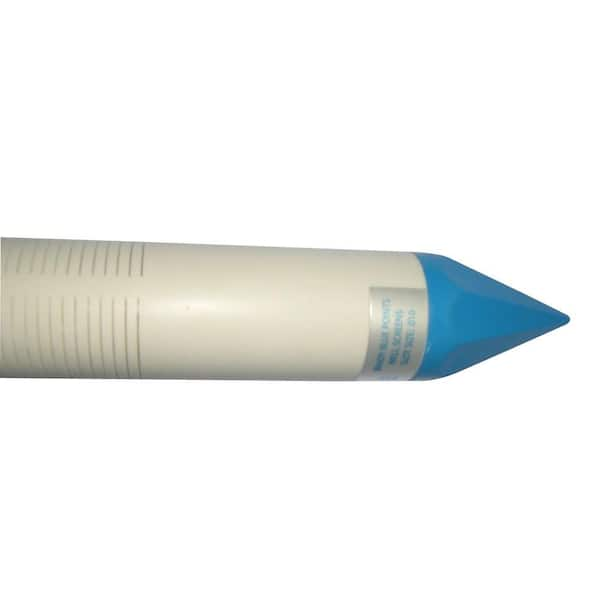Looking at the various options for a first stage you have, pleated, string wound, and melt blown.
The melt blown dont do well with multi sized sediment, they work great as a final stage but not a first stage.
I had a pleated filter and a string wound in prior.
The string lasted longer so I figured Id go back to a string filter.
With a well you have to avoid cellulose because of bacteria growth, so all first stage well filters should be poly or something antibacterial.
This is fairly high level and visual but some determinations can be made.
Not super impressed with the Amazon special from Membrane Solutions.
Much more impressed with the Micron Filter Cartridge Corp product made in Ill.
The Membrane Solutions did come in a pretty box with a pretty wrapper telling me to flush the first 5 gallons (not mentioned anywhere I could see prior)
It's 2x 3/8 instead of a full 2.5 and is very squishy in comparison.
the Micron solutions is far denser and a full 2.5.
I'll dig up my small scale and weight them, but I can already tell who is going to win.







The melt blown dont do well with multi sized sediment, they work great as a final stage but not a first stage.
I had a pleated filter and a string wound in prior.
The string lasted longer so I figured Id go back to a string filter.
With a well you have to avoid cellulose because of bacteria growth, so all first stage well filters should be poly or something antibacterial.
This is fairly high level and visual but some determinations can be made.
Not super impressed with the Amazon special from Membrane Solutions.
Much more impressed with the Micron Filter Cartridge Corp product made in Ill.
The Membrane Solutions did come in a pretty box with a pretty wrapper telling me to flush the first 5 gallons (not mentioned anywhere I could see prior)
It's 2x 3/8 instead of a full 2.5 and is very squishy in comparison.
the Micron solutions is far denser and a full 2.5.
I'll dig up my small scale and weight them, but I can already tell who is going to win.
Last edited:


